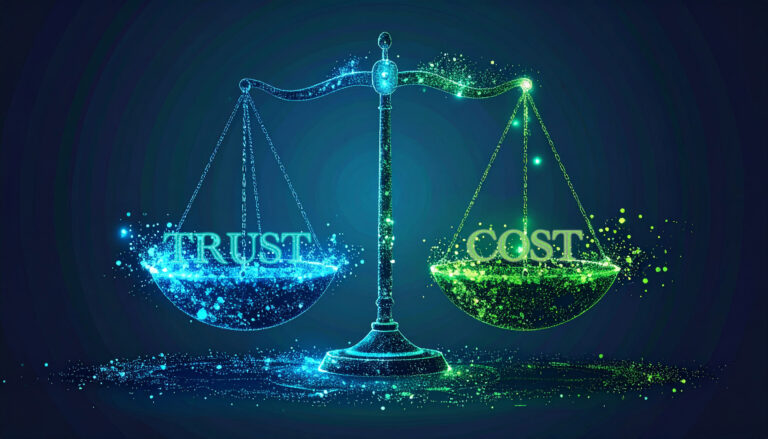Chemical Licensing Market is Projected with a Value of USD 22.74 Billion by 2032
The Breakdown
The chemical licensing market is on a rapid trajectory, expected to grow from USD 13.66 billion in 2024 to USD 22.74 billion by 2032. Growth is propelled by escalating global demand for sustainable and efficient chemical processes, regulatory pressures, and surging investments from leading multinationals. Technological innovation—spanning digital twins, AI-driven process controls, and novel catalyst systems—is enabling operators to meet productivity, cost, and compliance targets in a volatile petrochemical environment. Producers are actively expanding adoption of licensed technologies, particularly in high-growth regions like Asia Pacific and the U.S., to address stricter environmental requirements and capitalize on emerging market opportunities.
Analyst View
The current surge in chemical licensing underscores a critical shift across value chains, driven by mounting pressure to deliver sustainable performance and meet ambitious regulatory targets. Leading chemical and polymer producers are partnering with licensors to gain access to next-generation, energy-efficient and lower-emission processes—an imperative as industrial stakeholders face tightening emissions regimes and resource constraints worldwide.
Sophisticated players are leveraging licensing partnerships to unlock advanced product streams, increase operational efficiencies, and reduce capital and compliance risk. The dominance of C2 derivative technologies (e.g., ethylene, polyethylene) ties directly to demand for lightweight packaging and automotive applications, while innovation in catalysts, process debottlenecking, and digitalization are shortening time-to-value and improving process yields globally. The expansion of regional capacity—especially in Asia Pacific—reflects strategic moves to secure reliable, sustainable supply and respond to shifting end-market demands.
For B2B leaders, the competitive landscape is intensifying: licensing activity is accelerating, and those slow to adopt state-of-the-art processes risk diminished market access or regulatory non-compliance. Regulatory volatility and dynamic global trade flows further underline the necessity of future-proofing operations and investment strategies. Players able to respond to these disruptions with agility and insight stand to gain significant market and margin advantage.
Navigating the Signals
Decision makers must prepare for an environment where operational adaptability, regulatory vigilance, and ecosystem partnerships define success. The pronounced pace of technology adoption—driven by client, regulatory, and internal ROI expectations—requires rigorous evaluation of which technologies will yield sustainable differentiation versus commodity parity. As Asia Pacific consolidates its leadership in capacity expansion and as digitalization recalibrates value chain management, re-assessing capability gaps and channel footprints will be essential.
Leaders should be asking: Are we structured to rapidly integrate new licensed technologies that deliver measurable ESG outcomes? How quickly can our supply chain and channel partners respond to shifts in product and regulatory requirements in major growth regions? Are our competitors leveraging licensing and digital enhancements in ways that could displace our core offerings? Holistic strategies that proactively address process risk, regional expansion, and sustainable market access will define those positioned for growth in this new licensing economy.
What’s Next?
At Breakthrough Marketing Technology, we support specialty chemical and polymer executives in deciphering shifting market signals and determining how best to allocate capital for growth and differentiation. Our proprietary frameworks enable your team to:
- Pinpoint which investments in licensed technologies are most likely to yield market advantage—balancing immediate performance needs with long-term sustainability goals.
- Anticipate and track competitive moves and channel transformations, ensuring your operating model remains resilient to both regulatory change and emerging regional demand.
- Assess the readiness of your value chain—internally and externally—to accelerate adoption of next-generation solutions and adapt to dynamic end-user requirements.
Our tailor-fit market intelligence translates uncertainty into actionable, data-driven recommendations—giving your leadership confidence to act decisively in an evolving licensing landscape.
Source
Understand Your Risk. Seize Your Opportunity.
Take the Breakthrough Market Uncertainty Assessment Guide to pinpoint what’s holding your growth back, and what can accelerate it.


